Docking a boat can cause quite a bit of anxiety if you don’t have a lot of boat driving experience, but it doesn’t have to. Practice is the best way to get comfortable with this important aspect of boat operation, and this beginner’s guide to docking a boat will help you master pulling up to a moored or floating dock.
This is an essential part of learning how to drive a boat, as it’s probably the most likely time when accidents occur. Impacting a dock can significantly damage the sides of your boat, which is especially true for pontoon boats with lightweight aluminum tubes.
Of course, it’s good to get in-person training from an experienced teacher. This guide provides an overview of how to dock a boat safely if you’re a beginner. So let’s get started!
Tools You’ll Need for Docking a Boat Safely
Before we explain the process of docking a boat, there are some key terms you should know.
Dock Bumpers and Edging
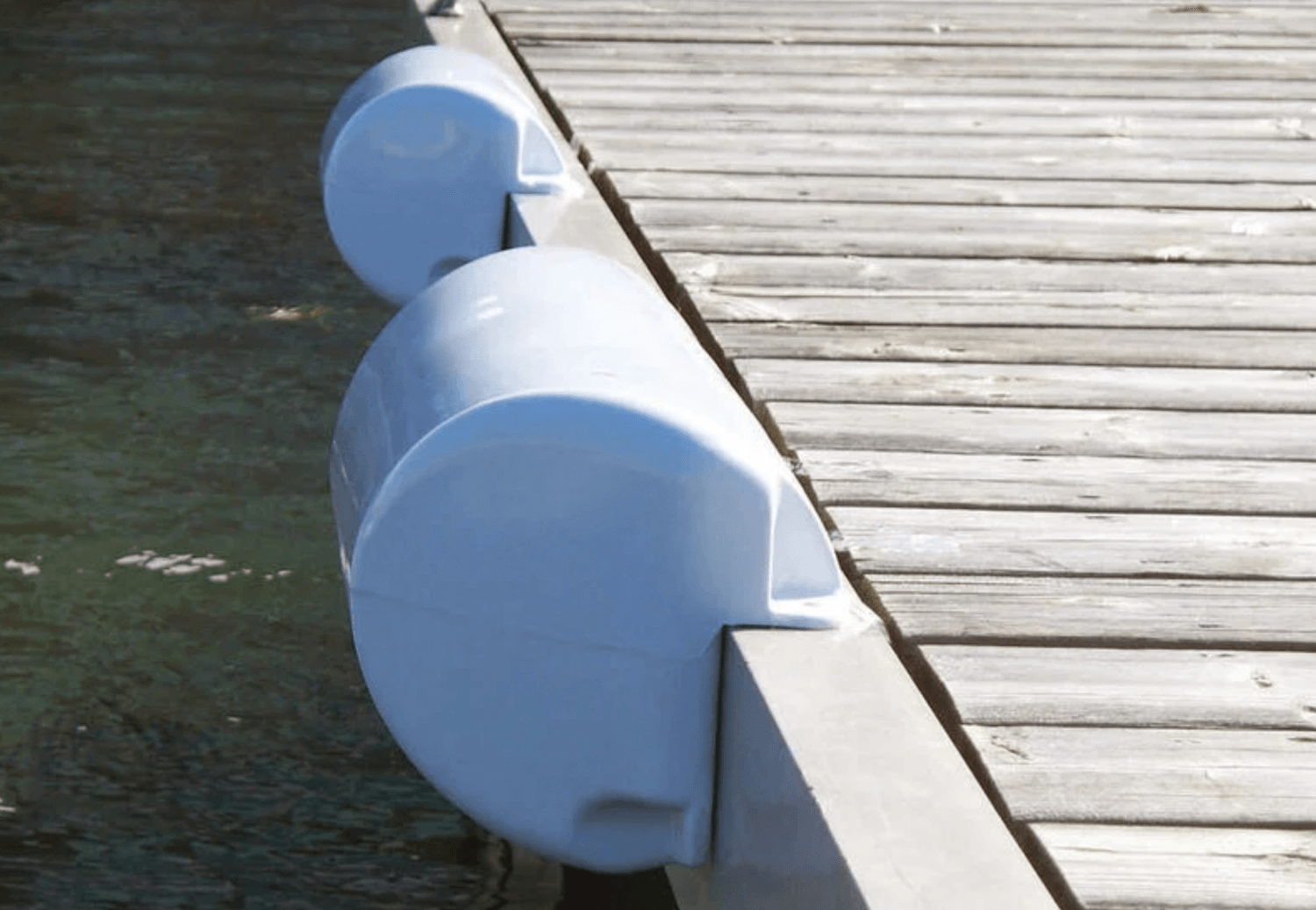
Bumpers and edging are pieces of protective equipment that are typically attached to the dock itself. They are meant to be permanently installed on dock corners, edges, and vertical posts to protect boats and personal watercraft from damage if impacts occur.
Boat Fenders
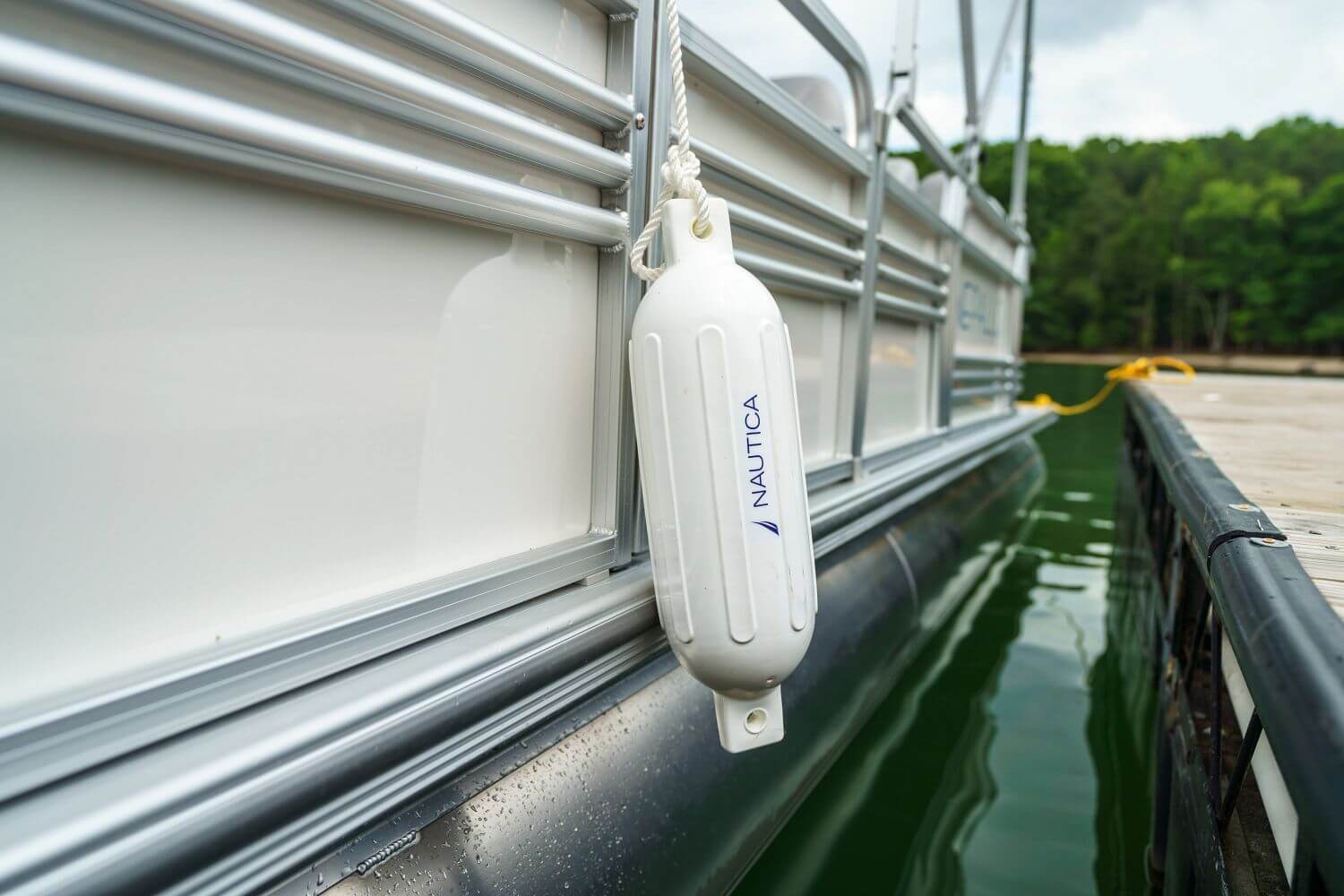
Fenders are inflatable or non-inflatable cushions that hang over the sides of your boat to prevent damage from impacts with a dock or another boat. They attach to your boat’s cleats with short fender lines. They are usually left in place between the boat and the dock for short-term mooring.
Mooring Whips
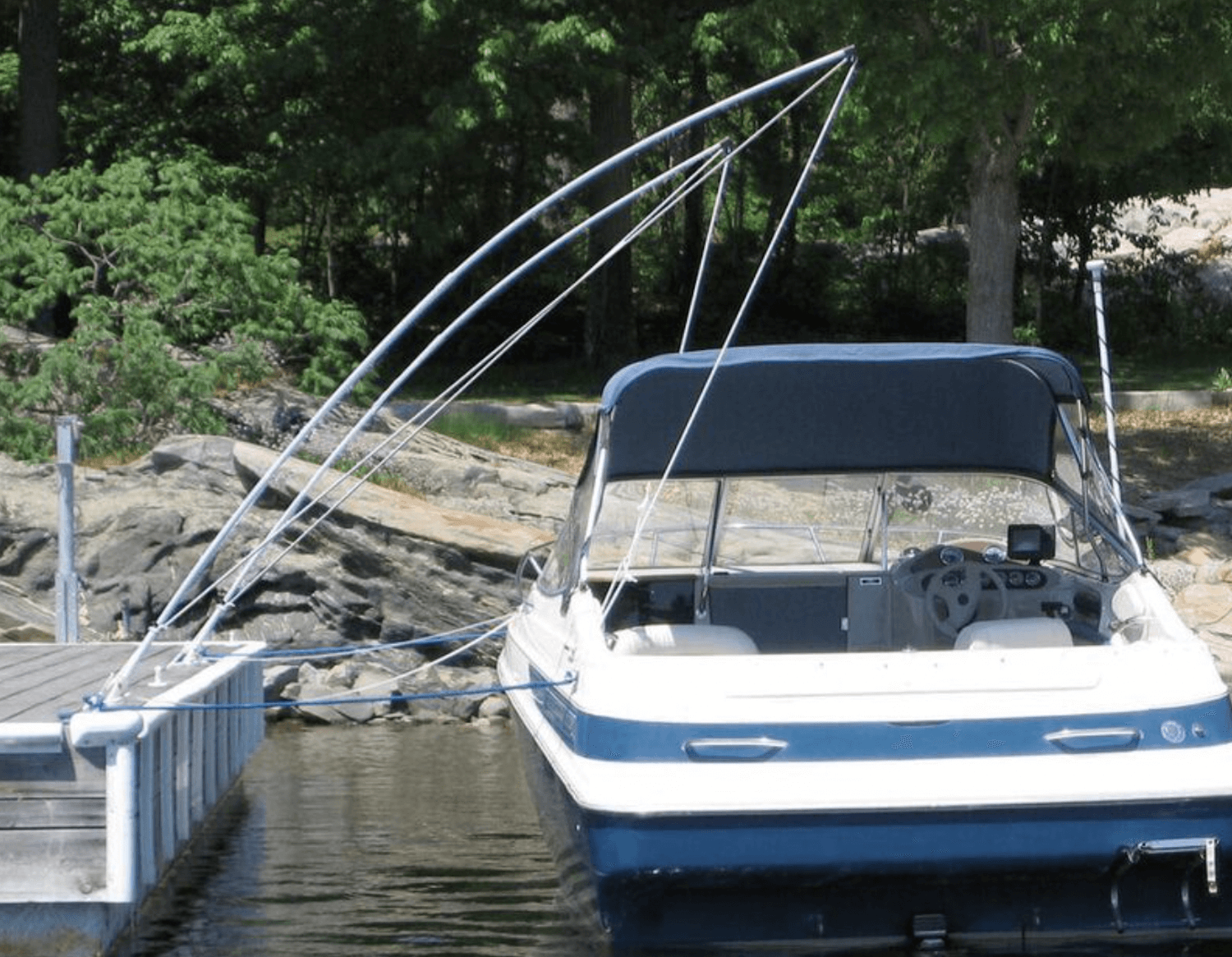
Mooring whips are long poles that attach to the side of a dock. From those poles, lines extend down and attach to your boat. The whips effectively pull your boat safely away from the dock and hold it in place. Doing so minimizes the chances of the boat impacting the dock due to wind, waves, tides, or wakes from other boats.
Mooring Buoys
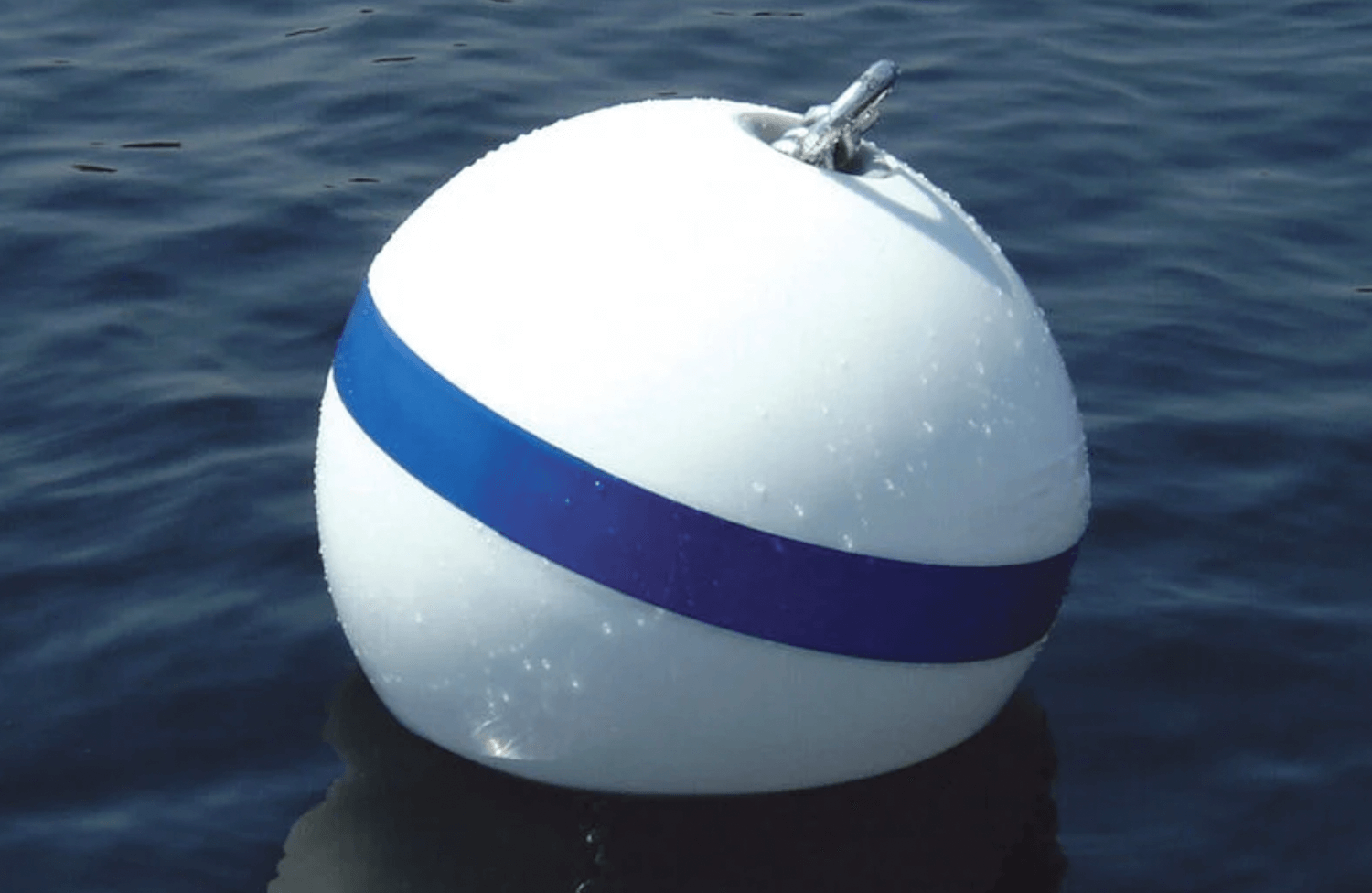
These buoys are meant for mooring a boat in deeper water. They are usually anchored to the shoreline or attached to an anchor or cement block that is sunken in deep water. The buoy then floats on the surface and provides a place to attach your boat to keep it offshore.
Dock Lines
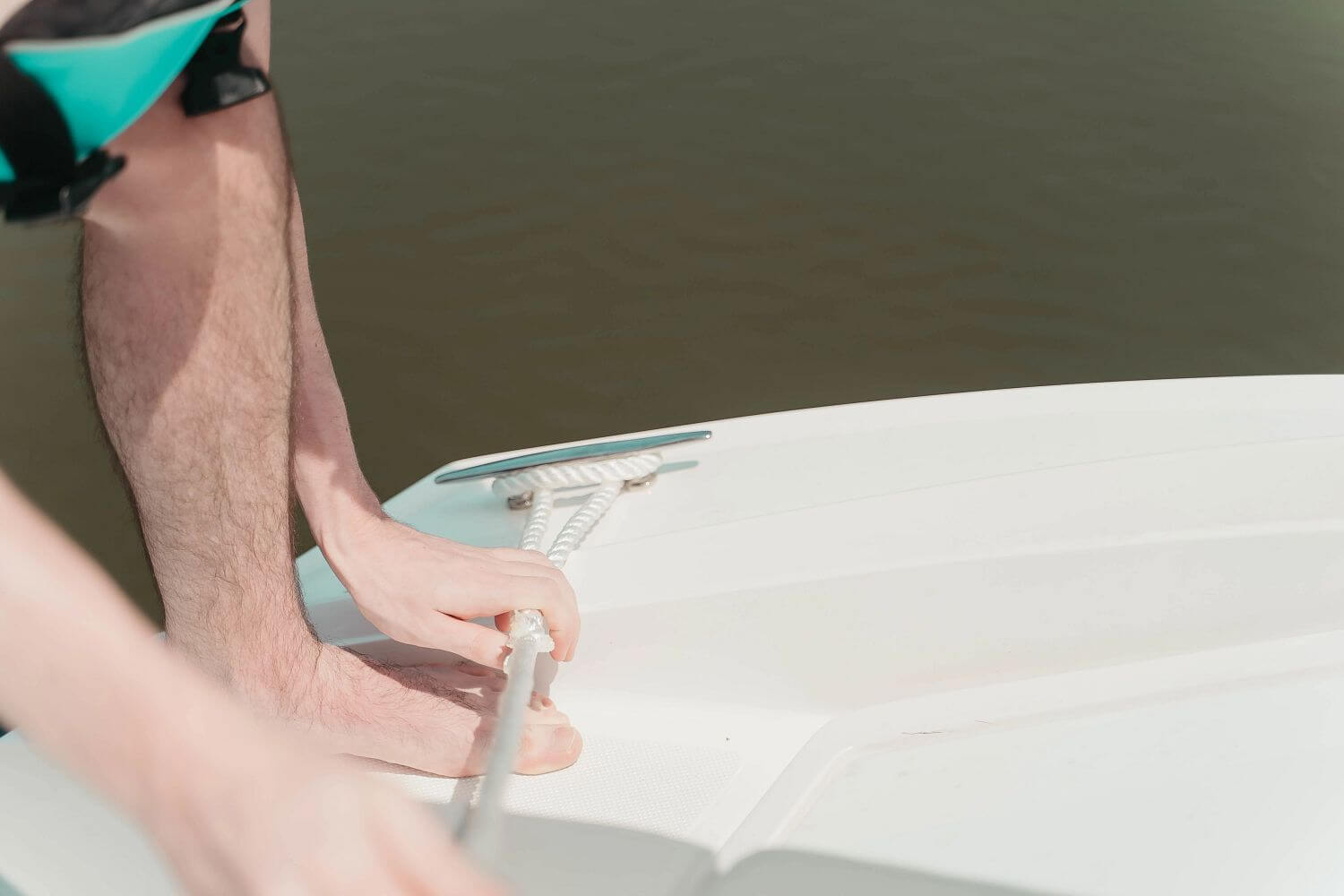
Dock lines are intended to hold your boat in place next to a dock for a short time. Dock lines are commonly made of nylon, making them durable, stretchy, and resistant to rot, abrasions, and UV rays.
Shop dock lines and other docking hardware.
Cleats
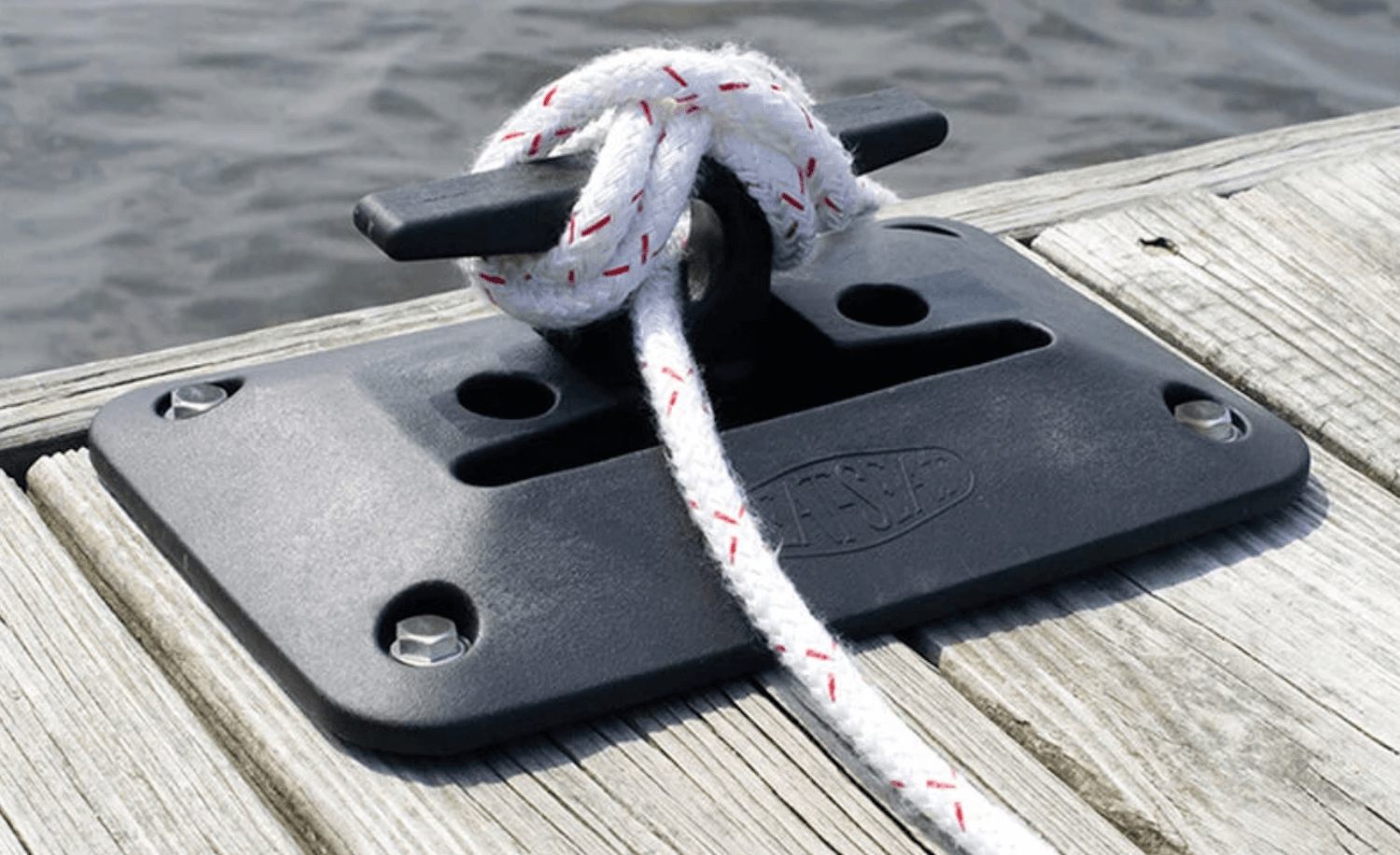
Cleats are devices that are used to secure dock lines and other ropes. They are securely attached to the sides of most docks and the rails on your boat.
Mooring Snubbers
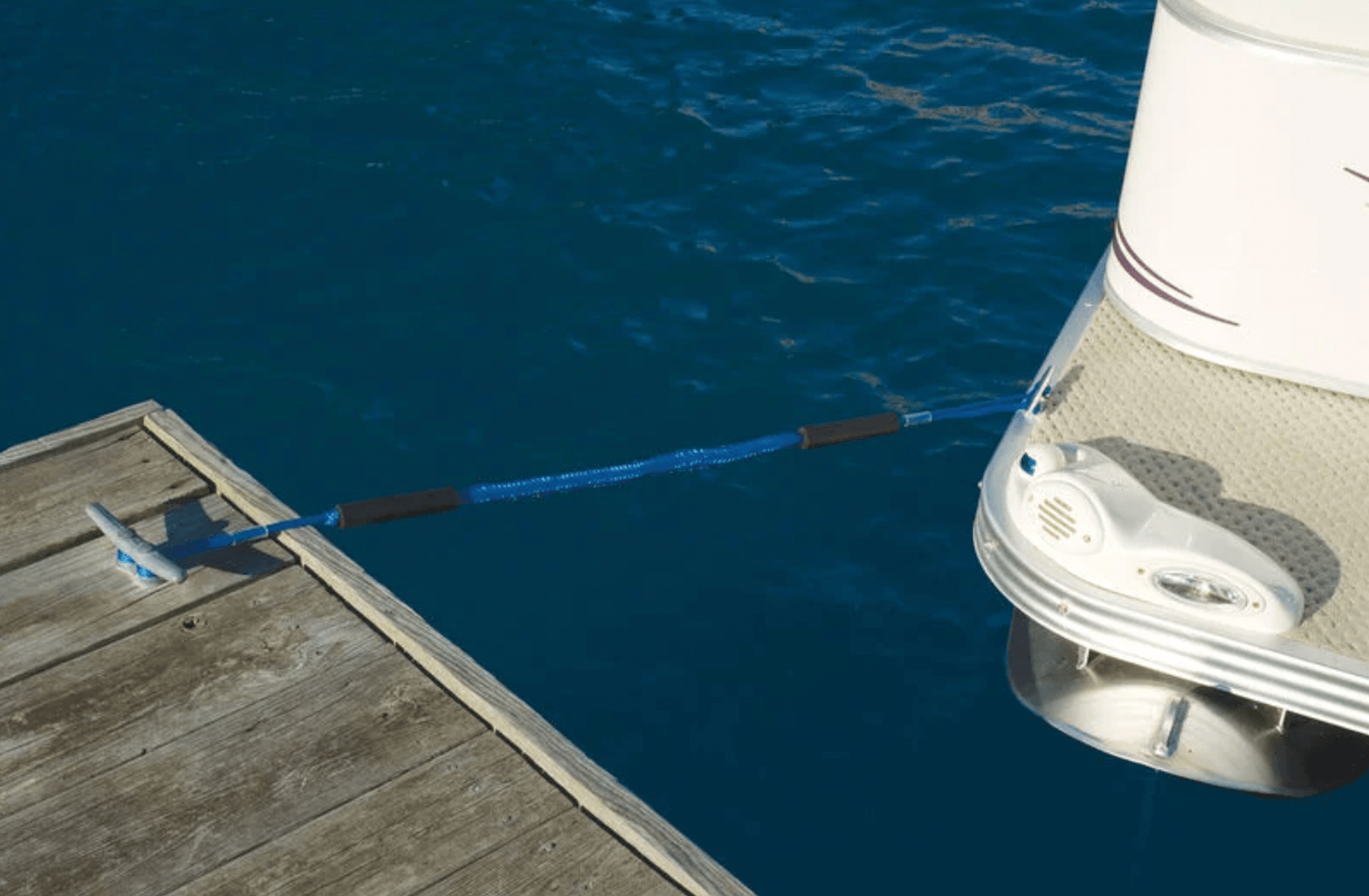
Mooring snubbers absorb tension in dock lines and other ropes to minimize the chance of breakage. Constant boat movement makes regular lines susceptible to breaking or coming loose. Snubbers reduce movement and help to prevent your boat from coming unanchored.
How to Dock a Boat
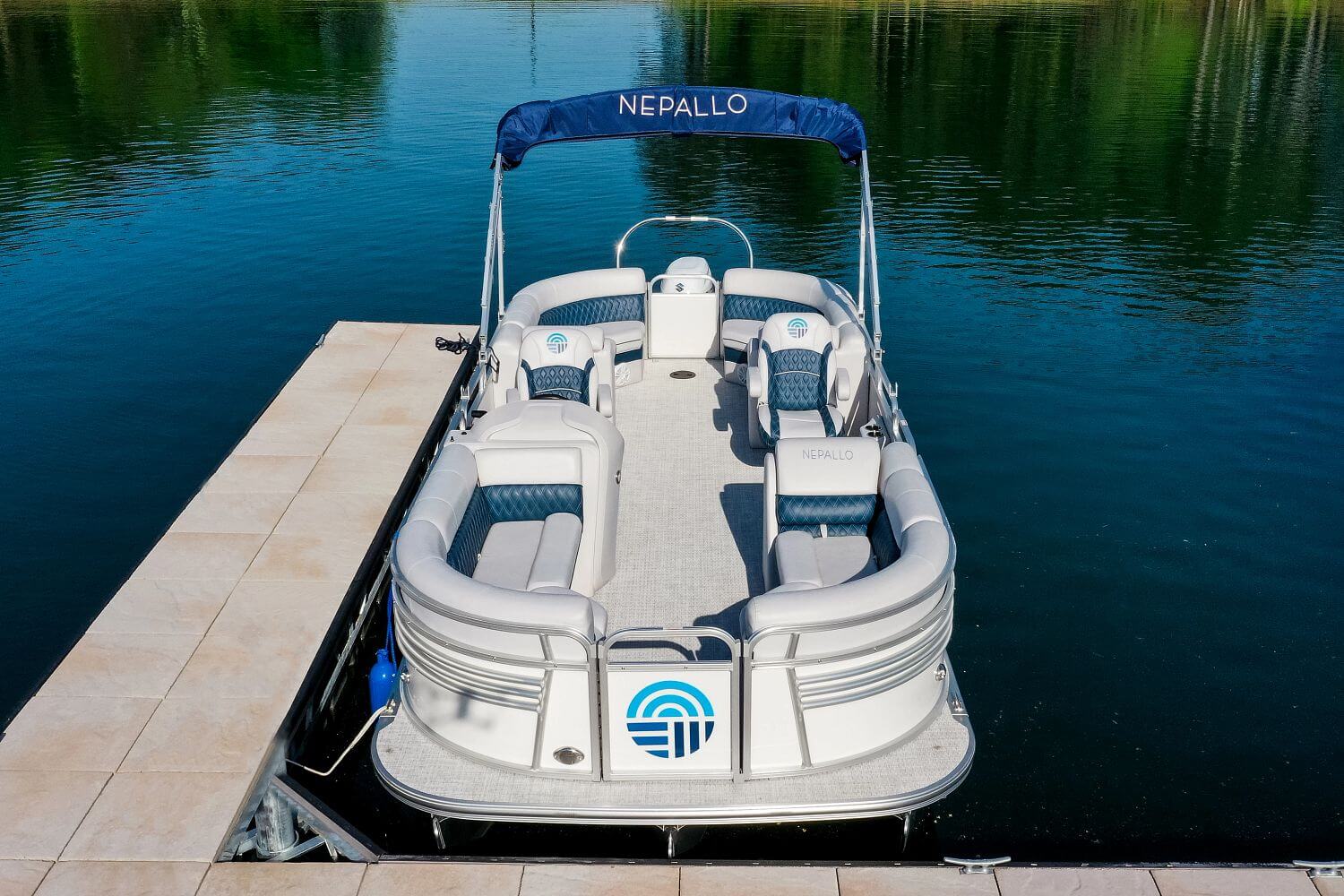
There are several factors to consider when docking a boat. Wind, dock layout, water depth, and waves are just a few things you need to think about. Let’s start with the basics, and then we’ll provide some tips for more specific docking situations.
Prepare Dock Lines and Fenders
Your boat fenders should be secured to the cleats on the side of your boat that you intend to pull next to the dock. Also, attach dock lines at the bow and stern for tying off your boat once it’s in position. Get these pieces of equipment ready well before you make your approach to the dock.
Assess Wind and Water Conditions
Consider whether the wind will push you towards or away from the dock. Gauge wind direction, waves, and potential obstacles so you know how they will impact your approach.
Line Up Your Approach
Pick a visual cue somewhere on the shoreline in front of the dock. This will give you something to aim for as you approach. If the wind is going to blow you away from the dock, your visual cue will need to be slightly closer to the dock than normal, and vice versa for the opposite wind direction.
Use Careful, Intermittent Acceleration
You should be following No Wake warnings when approaching the dock. Once you’re within 150 feet, you should only just pop the throttle into gear (either forward or reverse). This will help you gently approach the dock at a slow speed and allow you to make micro-adjustments.
Reminder: Don’t pull up to a dock any faster than the speed at which you’re comfortable hitting it!
Steer Alongside the Dock
Boats don’t turn on a dime. The best thing you can do is line yourself up for a near-straight course to the side of the dock. Make minor corrections as you go, but keep in mind that your boat will take longer to respond to your steering corrections than a car would.
Have Helpers Ready
Position two helpers at the bow and stern with dock lines in hand. When you glide close enough to the dock, these helpers should step out onto the dock to guide you the last bit of the way. If the dock has vertical posts, helpers can also reach out carefully and use these to slow you down.
Tie to the Dock Securely
Your helpers should then tie off their respective dock lines to cleats on the dock. We’ll talk more about best practices for tying off dock lines later, but the general idea is to use a figure-eight pattern around the cleats.
How to Dock a Boat by Yourself

We always recommend a minimum of three passengers when taking your boat out, but if you do find yourself docking alone, there are a few modifications you should follow.
- Prep further in advance. Your dock lines and boat fenders should be set in deep water with your boat in neutral.
- Mind your feet. Make sure you have shoes or sandals on for safety when you hop out of the boat.
- Go even slower. You’re the one who will have to leave the helm to step onto the dock and tie-down your boat. Give yourself plenty of time to do so safely by slowly approaching the dock.
- Secure bow first. Most boaters naturally approach a dock with the bow slightly leading. Once you’re close enough for your boat to gently float those last 5-10 feet into the dock, leave the helm, grab your bow dock line, and get ready to step out to secure the bow. Then move on to secure the stern dock line.
How to Dock a Pontoon Boat

The best pontoon boats are a little different than normal boats when it comes to docking. For one, you’ll need to pay closer attention to wind speed and direction. Waves and boat wakes also tend to have a larger impact on pontoon boats than other types of boats.
There are a couple of reasons for this. One is that pontoon boats tend to be lightweight. The other is that they have a higher profile and flat sides. Both of these factors combine to make pontoon boats more susceptible to being moved off course by external factors.
That doesn’t mean they are infinitely harder to dock than other boats. It just means you’ll need to be more mindful of your surroundings. It’ll also be helpful if you employ more help when learning how to dock a pontoon boat.
Their larger size means you can have more passengers on board, so don’t be afraid to ask for help. Aside from that, use all the same general principles for docking a boat listed above.
How to Dock a Boat in a Slip

Pulling into a boat slip is a little different because you’ll essentially have moored docks on both sides of your boat. Take all the same measures you’d take when docking a boat regularly, but prep dock lines and boat fenders on both sides of your boat.
Line up your approach with a fixed point in the center of the slip, account for wind and waves, and straighten your wheel once you’re lined up. You may need slight adjustments, but your goal is to pull straight in. Use careful, controlled acceleration, and then reverse to gently bring your boat to a stop in the slip.
When you’re close enough for them to do so safely, passengers can step out onto the platforms on both sides of the boat to help slow your momentum, guide you into position, and tie dock lines in place.
How to Tie a Boat to a Dock

The last thing you need to know is how to effectively tie a boat to a dock. One end of your dock line should be secured to the cleat on your boat. On the other end, there are two options for where to tie your boat: cleats or pilings.
If the dock has cleats, use them. They are the best way to secure your boat to dock. Pilings are large wooden posts, and tying off your boat to them is more challenging than using cleats.
You’ll start by wrapping your dock lines in a figure-eight pattern under one side of the cleat, over the center, under the opposite side, and back over the center and over your own line. Do this until you have approximately 12 to 18 inches of line remaining.
From there, you’ll have options for the type of knot you employ. Here are a few quick videos explaining the most popular options:
How to Tie a Boat to a Dock Without Cleats
If the dock you’re securing to doesn’t have cleats, you’ll need to wrap your dock lines around pilings several times before securing them with your choice of a secure hitch.
Tying a Boat to a Dock Diagram
If you’re more of a visual learner, here’s a quick diagram showing you how to tie up your boat to a dock or slip.

With a little practice, you’ll be docking your boat like a pro in no time. Just remember to go slow, avoid overcorrections, and ask for help whenever you need it!
Do you have any other advice or questions about docking a boat safely? Share them with us in the comments below.










